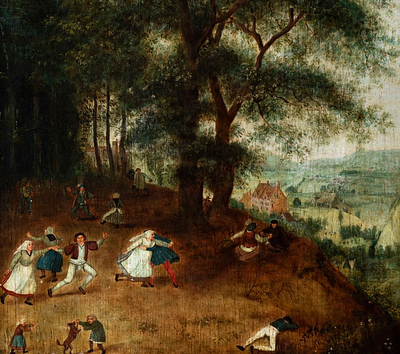Workshop of JUAN SIMÓN GUTIÉRREZ (Medina Sidonia, Cádiz, 1643 - 1718). "San Juanito". Oil on canvas. Relined.
Lot 43
About Seller
Setdart Auction House
Carrer Aragó 346
Barcelona
Spain
Setdart Subastas was born in 2004 and is currently the first online art auction in Spain with solidity, prestige and reliability guaranteed by our more than 60,000 users. Setdart has a young, dynamic and enterprising team ready to successfully manage the purchase and sale of art works through custom...Read more
Estimate:
EUR€3,000 - EUR€4,000
$3,125 - $4,166.67
Absentee vs Live bid
Two ways to bid:
- Leave a max absentee bid and the platform will bid on your behalf up to your maximum bid during the live auction.
- Bid live during the auction and your bids will be submitted real-time to the auctioneer.
Bid Increments
| Price | Bid Increment |
|---|---|
| EUR€0 | EUR€10 |
| EUR€200 | EUR€25 |
| EUR€500 | EUR€50 |
| EUR€1,000 | EUR€100 |
| EUR€3,000 | EUR€200 |
| EUR€5,000 | EUR€500 |
| EUR€10,000 | EUR€1,000 |
| EUR€20,000 | EUR€2,000 |
| EUR€50,000 | EUR€5,000 |
About Auction
By Setdart Auction House
Jun 30, 2021
Set Reminder
2021-06-30 08:30:00
2021-06-30 08:30:00
America/New_York
Bidsquare
Bidsquare : Old Masters
https://www.bidsquare.com/auctions/setdart-auction-house/old-masters-7134
Setdart Auction House sofia@setdart.com
Setdart Auction House sofia@setdart.com
- Lot Description
Workshop of JUAN SIMÓN GUTIÉRREZ (Medina Sidonia, Cádiz, 1643 - 1718). "San Juanito". Oil on canvas. Relined. Measurements: 53.5 x 70 cm; 63 x 81 cm (frame). Due to its formal, thematic and technical characteristics, we can ascribe this painting to the circle of Juan Simón Gutiérrez. The painter constructs in this canvas a tender representation of Saint Juanito, whose sweetness and innocence contrasts with the dramatic symbolism that underlies the image. The tender lamb that accompanies him alludes directly to Christ's bloody sacrifice, and his red mantle symbolizes his own martyrdom. This type of infantile images of dramatic content, but with a sweet and touching appearance, designed precisely to move the soul of the faithful who pray before them, was very frequent in the Spanish Baroque. Its most frequent form was that of the Child with the symbols of the Passion, which projects on the innocent infancy of Jesus the shadow of the cross. It will be especially in the art of the Counter-Reformation where this funereal presentiment of the Passion is expressed by means of transparent allusions. Born in Cadiz, Juan Simón Gutiérrez began his artistic training in Seville, perhaps with Murillo himself, as Ceán Bermúdez and Fernando Quiles consider. In any case, in 1664 he was already active independently, since at this date he is documented as a participant in the Sevillian Academy, of which he was a member until 1672. His life was hard, despite the recognition of his contemporaries, and he had important economic difficulties, in a time when poverty was common among the Sevillian population, as a result of the recession of trade with the colonies, the War of Succession and various epidemics. As for his language, Gutiérrez was a faithful follower of Murillo, whom he undoubtedly had the opportunity to meet, both through the Academy and the brotherhood of San Lucas, his own guild. The quality of his work earned him the respect and recognition of the other Sevillian masters, and in fact in 1680 he obtained the position of "alcalde alamir" of painting, that is, in charge of examining aspiring masters. His status also assured him an important workshop, where Francisco Díaz and Tomás Martínez, among others, were trained. Likewise, Ceán Bermúdez points out that he was an appreciated "fair painter", which indicates that his works were in great demand in the Sevillian market, from which paintings were sent to all Andalusia and also to America. Gutiérrez mainly painted religious themes, the most demanded at the time, although he also tackled profane motifs, such as battles and scenes of customs, and even made three small canvases on the "History of Constantine". His works are currently preserved in religious centers such as the convent of La Trinidad in Carmona or the main church of Santa María la Coronada in Medina Sidonia, as well as in the Museum of Fine Arts in Seville and the Museum of Fine Arts in Los Angeles, in the United States.
- Shipping Info
-
In-house shipping available. Please inquire at admin@setdart.com.
-
- Buyer's Premium



 EUR
EUR CAD
CAD AUD
AUD GBP
GBP MXN
MXN HKD
HKD CNY
CNY MYR
MYR SEK
SEK SGD
SGD CHF
CHF THB
THB
















